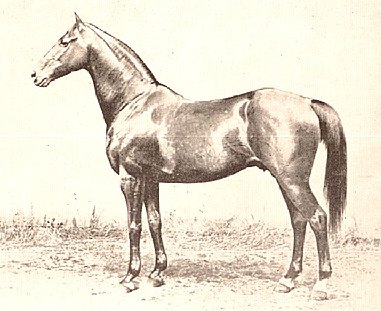NASA Confirms 140-Foot Asteroid 2025 OU1 Approaching Earth at High Speed

NASA has confirmed that the asteroid designated as 2025 OU1 is set to approach Earth on Friday, July 26, 2024. The celestial object, measuring approximately 140 feet in diameter, will travel at an astonishing speed of 41,157 miles per hour, coming within a close range of our planet. Although the asteroid poses no threat to Earth, its proximity has garnered attention from both scientists and astronomy enthusiasts alike.
In a statement released by NASA's Near-Earth Object Observations program, the organization emphasized that monitoring such near-Earth objects is crucial for understanding potential threats. Dr. Emily Smith, an astronomer at NASA's Jet Propulsion Laboratory, stated, "While 2025 OU1 is not classified as a hazardous asteroid, it serves as a reminder of the dynamic environment of our solar system. We continually monitor these objects to ensure public safety and to gather valuable scientific data."
Asteroids like 2025 OU1 are remnants from the early solar system, providing insights into its formation. According to Dr. Robert Jenkins, a planetary scientist at the California Institute of Technology, "Studying these asteroids allows us to understand more about our solar system's history and the processes that have shaped it."
The approach of 2025 OU1 also highlights the need for ongoing investment in planetary defense initiatives. NASA's Planetary Defense Coordination Office (PDCO) plays a vital role in tracking and characterizing near-Earth objects. As reported in their 2023 report, the PDCO has identified over 25,000 near-Earth objects to date, with an increasing focus on those classified as potentially hazardous.
Internationally, organizations like the European Space Agency (ESA) are also engaged in similar monitoring efforts. ESA's Hera mission, set to launch in 2024, aims to study the binary asteroid system Didymos, further enhancing our understanding of asteroid dynamics.
The excitement surrounding 2025 OU1's approach underscores the broader interest in space exploration and the scientific community's efforts to safeguard Earth from potential future threats. As Dr. Laura Chen, a researcher at the Massachusetts Institute of Technology, noted, "Increased public interest in asteroids can lead to greater support for space missions and research initiatives that ultimately benefit humanity."
Looking forward, the continued observation of near-Earth objects like 2025 OU1 may lead to advancements in technology and strategy for planetary defense. As we enhance our capability to predict and respond to potential threats from space, the collaboration between national and international space agencies will be essential in ensuring the safety of our planet.
In conclusion, while the approach of asteroid 2025 OU1 is a fascinating event for astronomers and the public, it serves as a critical reminder of the importance of vigilance in monitoring our solar neighborhood. As we expand our understanding of these cosmic visitors, we also strengthen our preparedness for any potential risks they may pose in the future.
Advertisement
Tags
Advertisement





